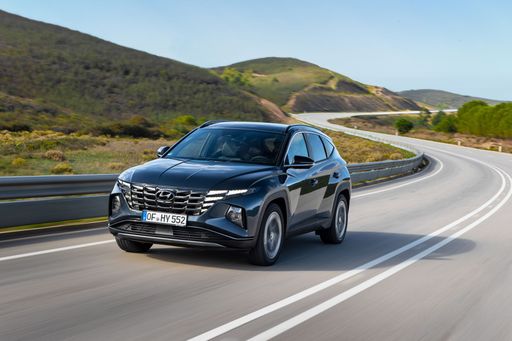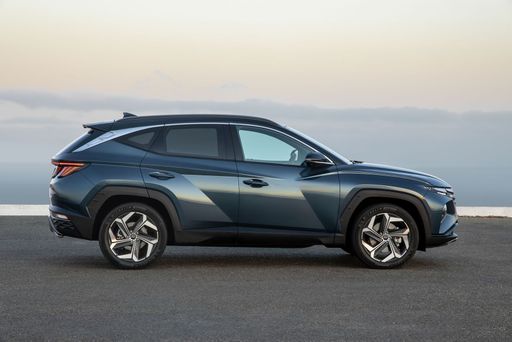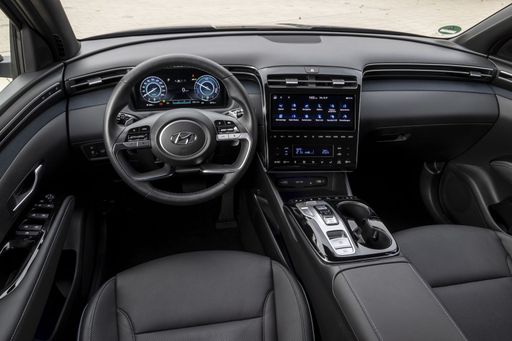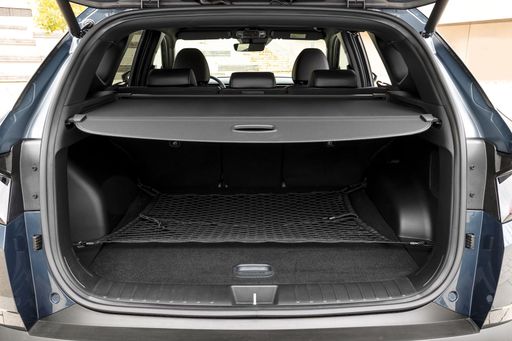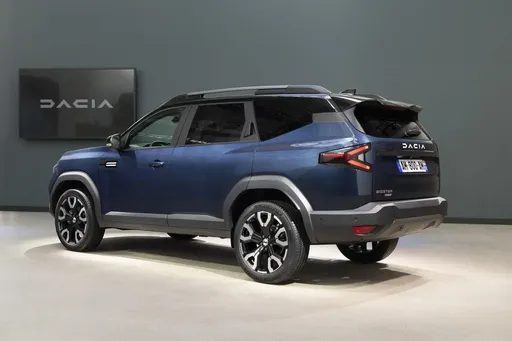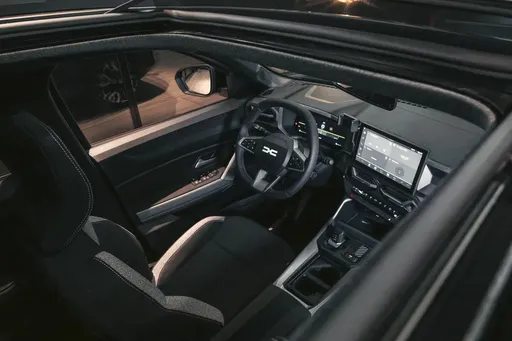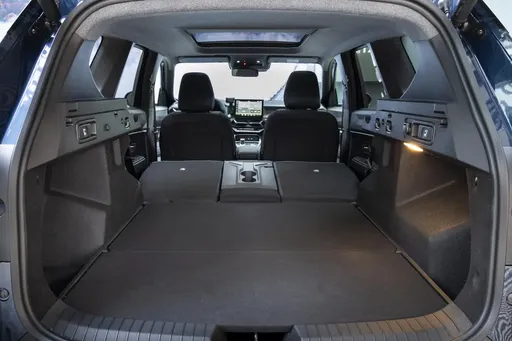Under the Hood: Engine Performance
Hyundai's Tucson offers a diverse range of engine options, including Diesel MHEV, Petrol MHEV, Full Hybrid, and Plugin Hybrid, making it appealing to a wide range of eco-conscious and performance-focused consumers. With power output ranging from 136 HP to a robust 252 HP, the Tucson's top-performing engine can sprint from 0-100 km/h in a mere 7.9 seconds. The Plugin Hybrid variant excites with a significant electric range of up to 70 km, ideal for urban commuting.
On the other hand, the Dacia Bigster focuses on simplicity and efficiency, equipped with Petrol MHEV, Full Hybrid, and LPG engines. Its power caps at 155 HP, translating to a(n) 0-100 km/h of 9.7 seconds, which might not match the Tucson's fastest, but offers adequate efficiency and reliability. For those who prioritize fuel efficiency, the Bigster's LPG variant presents an extraordinary consumption rate of just 4.7 L/100 km.

